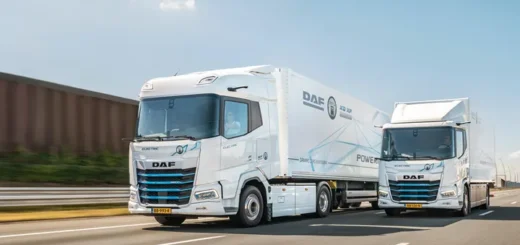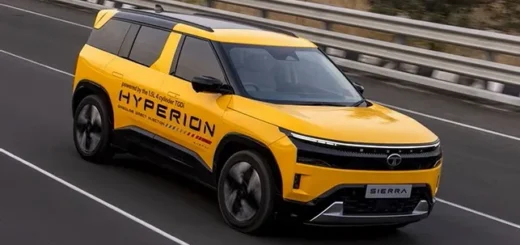CarbonFibre Technology And BMW’s Future
 |
|
| 2013 BMW’s Megacity EV concept |
Carbonfibre
has long held the status of wonder-material. Exceptionally light and
strong, it has been the preserve of the motor racing industry and, more
recently, commercial aircraft manufacturers. But the car industry has
never taken it seriously as a potential material for mass-production
use. Until now.
google_ad_client = “ca-pub-7904095058324429”;
google_ad_slot = “7015417198”;
google_ad_width = 336;
google_ad_height = 280;
pressed into shape in a matter of seconds, carbon fibre panels are built
up from layers of fabric, which have to be carefully impregnated with
resin and then heated and pressurised until cured. But BMW has long been
convinced it’s worth the effort. And the 2013 Megacity electric car
project will be the first fruit of two decades of research and
development.
is “extremely corrosion-resistant”, giving it a “far longer lifespan
than metal”. And importantly, the firm adds, “it retains its integrity
under all climatic conditions”. Another major advantage is that CFRP
panels can be optimised to be thicker where greater strength is needed
and thinner where it’s not. This breakthrough in CFRP production
technology will allow it to use CFRP for the upcoming megacity, but it
could roll out its use in other future models.
Carbonfibre sheets start life as individual fibres
just 0.0007mm thick – many times smaller than a human hair. These
individual filaments are wrapped into fibre bundles of 50,000 or so
filaments. They are then made into sheets, with all the fibres running
in the same direction. These unidirectional carbon fibre sheets can also
be oriented layer by layer to make the final panel particularly stiff
in one direction. The upshot, according to the early Megacity crash test
results, in an exceptionally strong structure. “While CFRP is at least
as strong as steel, it is approximately 50 per cent lighter,” says BMW.
“Aluminium, on the other hand, would save ‘only’ 30 per cent in terms of
weight over steel. That makes CFRP the lightest material that can be
used in body construction without compromising safety.
The key innovations in making high-volume CFRP panels
are heated moulds and a sophisticated resin injection technology.
First, the carbonfibre sheets are cut to shape, stacked on top of each
other and gently heated so they start to reflect the shape of the lower
mould. The resin that will hold the individual fibres and sheets in
shape is then rejected into the layers of fabric at high pressure. The
resin has to penetrate all the layers completely and evenly. The upper
half of the mould is then lowered and the wet panel is cured through
heat and pressure, a process that takes around 20 minutes. These cured
panels are then trimmed and mounting points cut out with high-pressure
water jets. Finally, complete CFRP sub-sections are bonded together to
build the finished monocoque.
anything from whole cars to key sub-assemblies such as side pressings.
Whether it will make a big difference to BMW’s market performance
remains to be seen, but in getting even this far, the company has stolen
a huge march on the rest of the industry.
Source: Autocar India










